This 63X photograph shows a mouse colon colonized with human microbiota. It won second place in the 2015 Nikon Small World Photomicrophotography Competition, which recognizes excellence in photography with the optical microscope and was taken using confocal microscopy.
Get Started for FREE
Sign up with Facebook Sign up with X
I don't have a Facebook or a X account
 Your new post is loading... Your new post is loading...
 Your new post is loading... Your new post is loading...

Greg Wurn's curator insight,
March 4, 2014 9:20 PM
Interesting, could lead to some very important discoveries in future 
Corie Rosen's curator insight,
February 29, 2016 8:58 PM
Antibiotic resistance is nothing new; it is a very real threat in the world today. Bacteria are mutating and resisting our best tools at a rate that modern scientists can't keep up with. They say you learn something new everyday, and this was something I had no idea about until now! I flocked to this article because it is definitely an interesting concept. What is even cooler is the fact that a cicada's wings are able to kill gram-negative bacteria (gram-positive aren't affected), such as E. coli, through physical means and not chemical. This means the bacteria are unlikely to become resistant to the affects! Just imagine the ways scientists can utilize this!
This article, while not a scientific report, references the study done by scientists and provides links to it, therefore making the article a reliable source of information.
Janice Edgerly-Rooks's curator insight,
September 12, 2016 9:36 PM
One wonders why bacteria would make a difference to a cicada's wings. They live underground as immatures which makes me think that antibacterial properties might derive from that part of their life cycle. But they don't have wings, so this is curious indeed.
|

Gerd Moe-Behrens's curator insight,
August 14, 2014 6:08 PM
by Gail Wilson Conventional amplifiers, such as those that are combined with loudspeakers to boost the volume of electric guitars and other instruments, are used to increase the amplitude of electrical signals. Now scientists from Imperial College London have used the same engineering principles to create a biological amplifier, by re-coding the DNA in the harmless gut bacteria Escherichia coli bacteria (E. coli).
The team say this ‘bio-amplifier’ might be used in microscopic cellular sensors , which scientists have already developed, that could detect minute traces of chemicals and toxins, to make them more sensitive. Ultimately, this could lead to new types of sensors to detect harmful toxins or diseases in our bodies and in the environment before they do any damage. In laboratory tests, the team’s bio-amplifier was able to significantly boost the detection limit and sensitivity of a sensor designed to detect the toxin arsenic. The device is also modular, which means that the devices can be easily introduced in different genetic networks, and can potentially be used to increase the sensitivity and accuracy of a broad range of other genetic sensors to detect pathogens and toxins. The results of the study are published in the journal Nucleic Acids Research. Dr Baojun Wang, who is now based at the University of Edinburgh, but carried out the study while in the Division of Cell and Molecular Biology at Imperial, said: “One potential use of this technology would be to deploy microscopic sensors equipped with our bio-amplifier component into a water network. Swarms of the sensors could then detect harmful or dangerous toxins that might be hazardous to our health. The bio-amplifiers in the sensors enable us to detect even minute amounts of dangerous toxins, which would be of huge benefit to water quality controllers.” Scientists have previously known that cells have their own inbuilt amplifiers to first detect and then boost biological signals, which are crucial for survival and reproduction. They have been attempting to understand how they work in more detail so as to remodel them for other applications. However the challenge for scientists has been engineering a device that can predictably amplify signals without distortion or feedback. In the study, scientists first re-engineered genes involved in a special cell network called hrp (hypersensitive response and pathogenicity), which have naturally occurring amplifying proteins that function just like an electronic amplifier. They then cloned these amplifying components and inserted them into the harmless gut bacteria E. coli, fitting it with a synthetic arsenic input sensor and a fluorescent green protein gene as the output. ..."

Eli Levine's curator insight,
April 30, 2014 8:41 PM
It seems that we are about to get closer to death, as our antibiotics, pesticides, herbicides and all other methods of cheating death, disease and crop failure fail.
This is before we get into conversations about the looming international and intranational conflicts that are simmering beneath the surface. At least these can be dealt with with sensible policy changes and changes in attitude, perspective and disposition, if not out right content in our leadership cadres.
But alas, I don't see that happening in the foreseeable future.
Time is ticking away.
And we too will go through an indiscriminate die off phase where friends and family will die off, along with enemies and pestilential people as well.
I'd like to think that we'd come off better than before.
But, that's the thing about these indiscriminate methods of killing large swaths of the population. It very rarely yields anything other than what was already present.
At least wages should be better, due to the new shortage of laborers (assuming that robots haven't taken over our labor force in the meantime).
I'd like to think that our lot is constantly improving, even during these negative phases.
But, I know that it's not going to be easy, especially for most of our Western and American population who don't have experience handling these kinds of things.
Ah well.
Think about it.
|



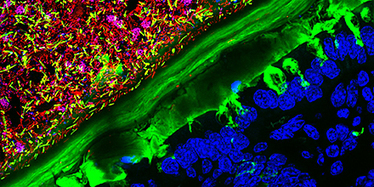

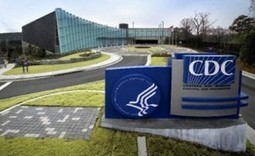
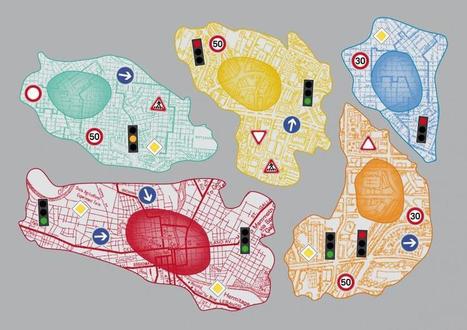

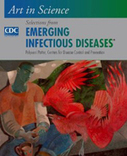






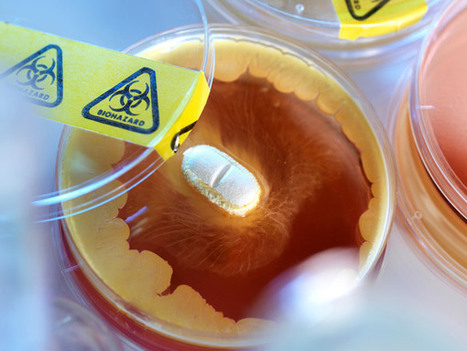
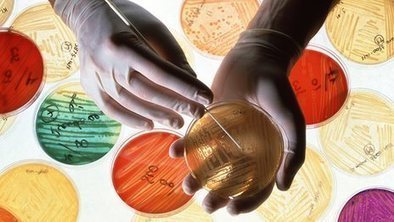

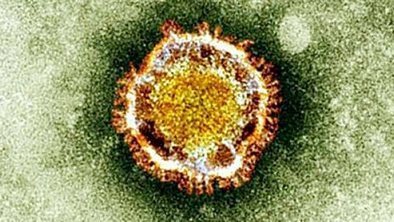







Its a small world - and a stunning photogaph. Examining occurances of microbiota and how they travel between species has a lot of implications for understanding healthcare and disease reservoirs.